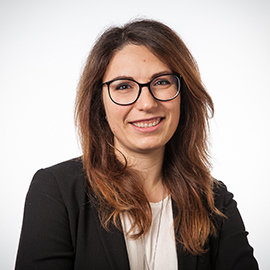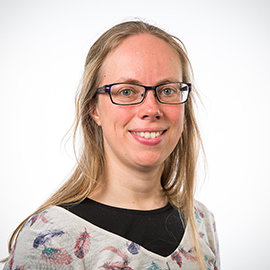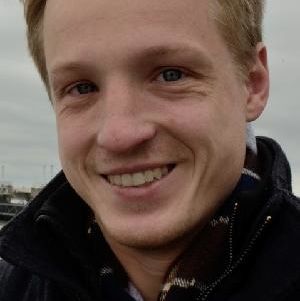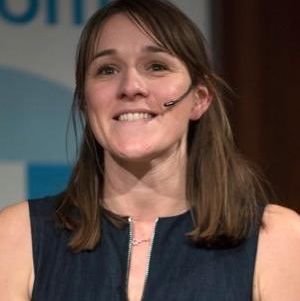Four Veni grants for faculty 3mE
This week the Dutch Research Council (NWO) has awarded a Veni grant worth up to 250,000 euros to twelve TU Delft scientists. The grant provides the laureates with the opportunity to further elaborate their own ideas during a period of three years. Within the faculty 3mE we have four Veni awardees: John Buchner (P&E), Laura Ferranti (CoR), Manon Kok (DCSC) en Eline van der Kruk (BME).
Unravelling the aerodynamics of mating mosquitoes
Dr. A-J. (Abel-John) Buchner (P&E)
In-flight mating of disease-carrying mosquitoes requires synchronization of their flight dynamics. This research will, through measurements of flying mosquitoes and abstraction using advanced robotics and flow diagnostics, develop a model explaining this physical process. This will be a valuable tool for developing future disease-carrying mosquito population reduction strategies.

L. (Laura) Ferranti
HARMONIA: Trustworthy Mobile Robotics
Dr. L. (Laura) Ferranti (CoR)
Imagine having automated cars, drones, boats, etc. in our cities equipped with an on-board technology that allows them to interact with each other near us without harming our safety, security, and privacy. With HARMONIA, I will devise this technology to enable Trustworthy Mobile Robotics in the real world.

M. (Manon) Kok
Widely available sensors help us find our way indoors
Dr. ir. drs. M. (Manon) Kok (DCSC)
While GPS helps to find our way outdoors, there is not yet a generally available technology that does so indoors. This research develops a new methodology to use sensors that are available in any smartphone for three-dimensional positioning by combining measurements of our movement and of the magnetic field.
(To) correct compensation
Dr. ir. E. (Eline) van der Kruk (BME)
Ageing and (neuro)muscular disease lead to structural changes in the body. Incorrect or insufficient compensation for these changes lead to movement limitations and faster decline. Timely intervention such as training and aids, can mitigate movement impairments. Therefore, the researcher develops individualized computer simulations that predict what movement limitations might arise.
NWO
The Dutch Research Council (NWO) has awarded a Veni grant worth up to 250,000 euros to 162 highly promising young scientists . The Veni laureates will conduct research on a variety of subjects such as the impact of social networks on democracy, the development of a biosensor that contributes to the revelation of fingerprints, and sustainable hydrogen that benefits the energy transition. The Veni will also be employed to investigate the life around young stars and also to conduct research on the prediction, monitoring and recommendations for late effects after breast cancer. The Veni is awarded by NWO every year. A total of 1,127 researchers submitted an admissible research proposal for funding. 162 of these have now been granted. That comes down to an award rate of 14%. The submissions were assessed by means of peer review by external experts from the disciplines concerned. In this Veni funding round, NWO is investing a total of 41,5 million euros in free and curiosity-driven research. Together with Vidi and Vici, Veni is part of the NWO Talent Programme.


